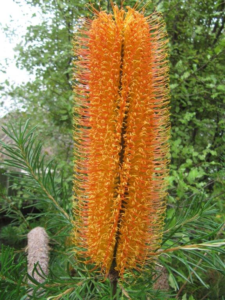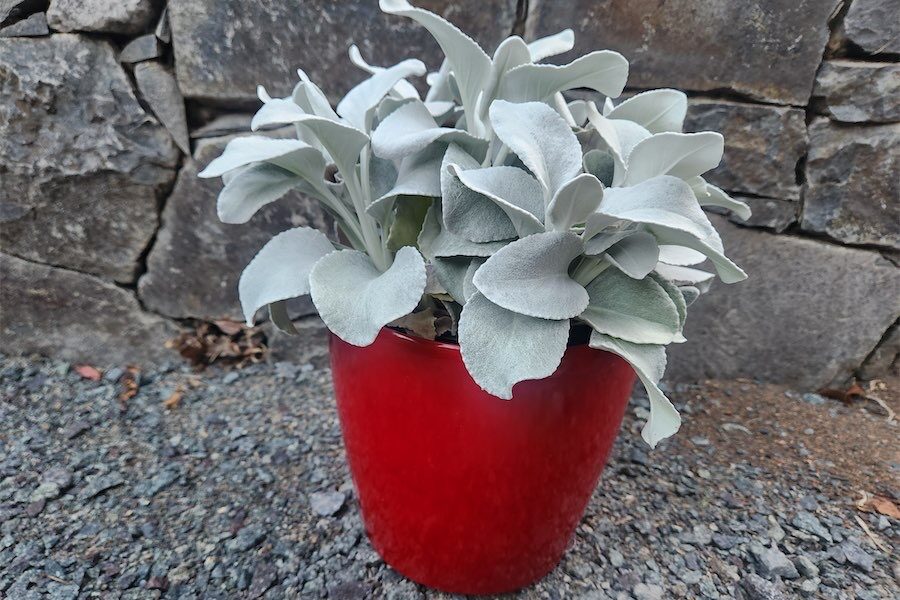Gardening columnist CEDRIC BRYANT says Robert Brown could be Australia’s forgotten botanist.
WALKING around the Botanic Gardens’ greatest range of native plants in Australia, one plant family always stands out – banksias.

The huge flowers attract bees and honeyeaters and are beloved by florists.
They were introduced and named after the great botanist Sir Joseph Banks (1743-1820), whose importance to Australian botany is beyond question.
However, there is another important name that may not be so familiar – Robert Brown.
Brown, a Scot born in Montrose in 1773, trained as a botanist and paleobotanist. He was considered the leading botanist for his collections from Australia in the first half of the 19th century.
Brown was principal botanist on Matthew Flinders’ circumnavigation of Australia remaining here between 1801 and 1805 before returning to Britain where he spent the next five years cataloging the staggering 3400 collected specimens, half of which were unknown to science.
On Banks’ death, Brown inherited the whole of Banks’ library and herbarium, which he later donated to the British Museum.

THE well-meaning botanists are at it again, being botanically correct.
Firstly, they decided that chrysanthemums should be known as dendranthemums, which failed miserably with worldwide opposition.
Then came eucalypts, of which they decided numerous varieties should be known as corymbia.
Now they’ve decided that the old-time favourite, the asters novae-angliae, referring to its origins in New England in North America, is all wrong. Commonly called michaelmas daisies, due to their flowering at that time in the northern hemisphere and flowering here in autumn, they are now to be referred to as symphyotrichum novae-angliae. Try saying that in a hurry!
THE drought notwithstanding, we in Canberra were assured when the hundreds of millions were spent on a new Cotter Dam that our water supply was assured for many years to come. There would never be a need for water restrictions, we were told.
Now Icon Water is telling us the dam levels are less than 50 per cent and water restrictions are looming. Maybe our “garden city” concept is doomed or, like the rest of the country, we need several more dams for our ever increasing population?
IT’S time for the “Chelsea Chop”. Originating from the Chelsea Flower Show, it’s time to chop perennials such as chrysanthemums and salvia by reducing their height by 50 per cent.
That sounds ruthless, but for a really good show of these autumn-flowering plants, reducing the height by this amount now and again in mid-December to January quadruples the number of flowers. In a couple of months the same will apply for asters.
AS the risk of frost has diminished, tomatoes should be planted by now, remembering to put the stake in first and watering with Maxicrop Seaweed to promote strong root growth. Don’t overdo the feeding, once every couple of weeks. Do make a good well of soil around the plant to hold a bucket of water which is applied once a week.
Who can be trusted?
In a world of spin and confusion, there’s never been a more important time to support independent journalism in Canberra.
If you trust our work online and want to enforce the power of independent voices, I invite you to make a small contribution.
Every dollar of support is invested back into our journalism to help keep citynews.com.au strong and free.
Thank you,
Ian Meikle, editor




Leave a Reply